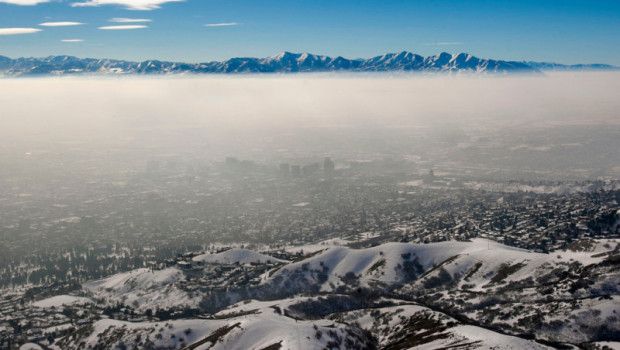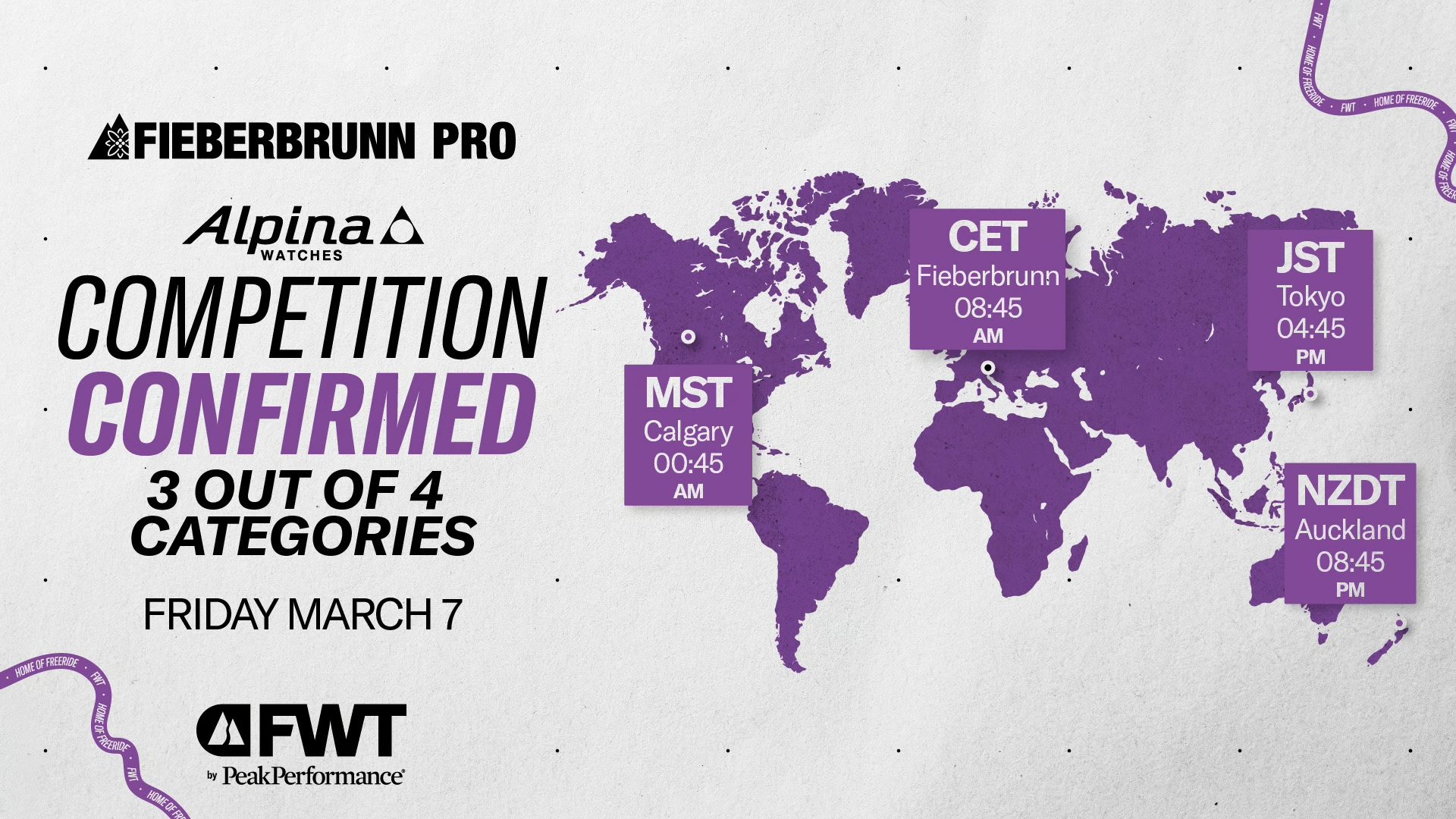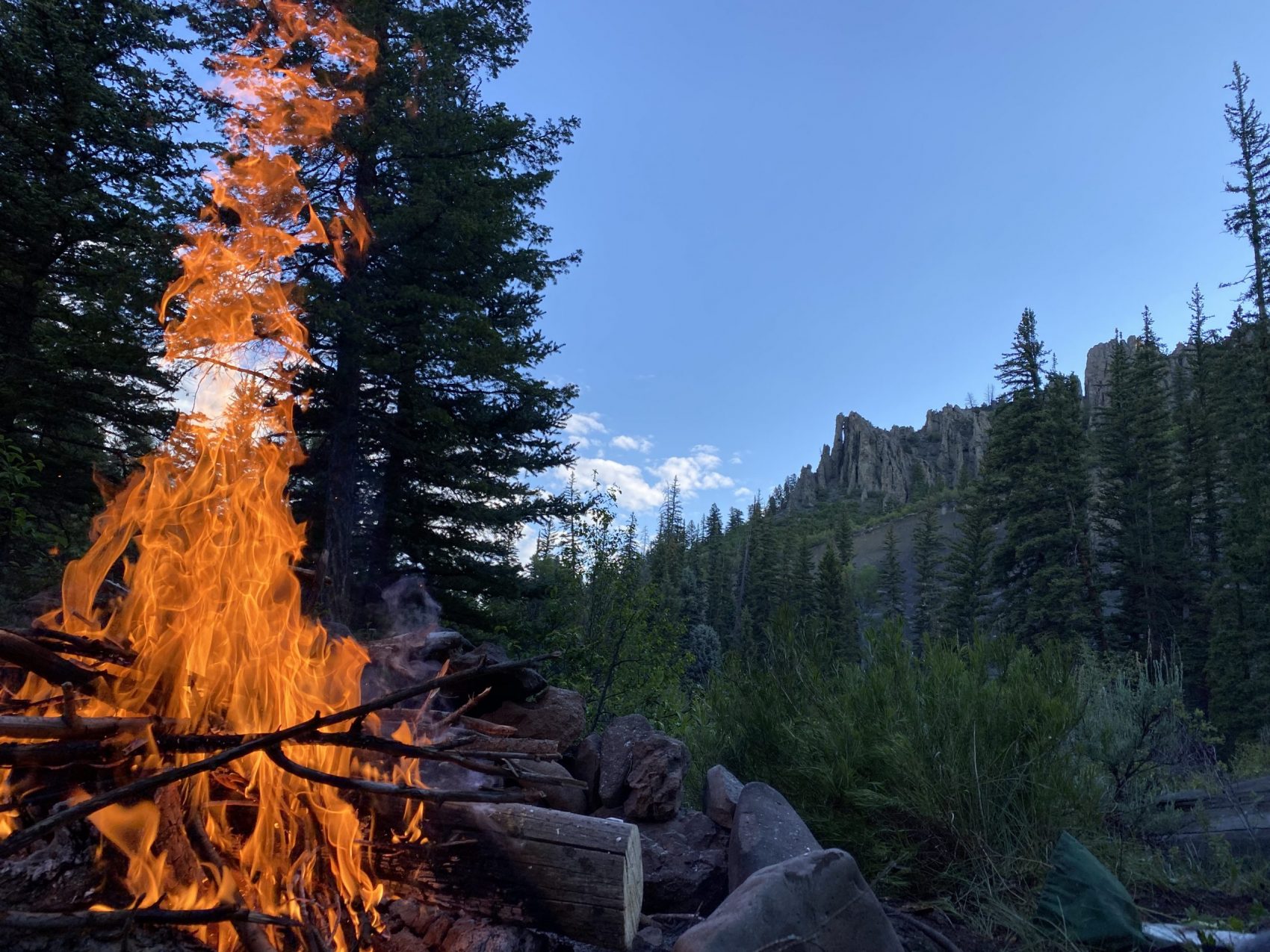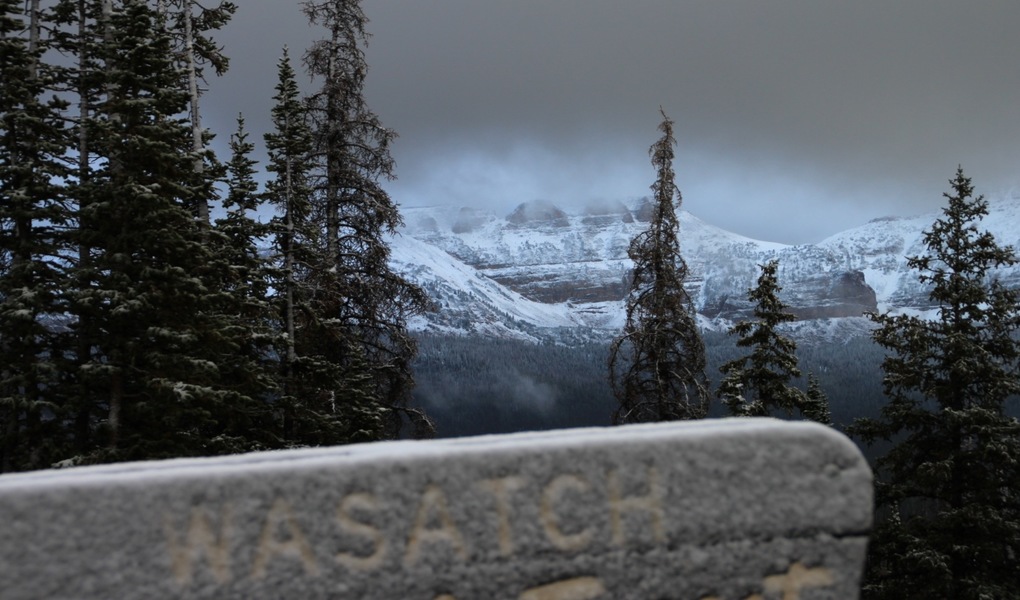
Photo courtesy of The New York Times’ Green Blog.
A study was recently conducted by scientists at Utah’s Division of Air quality (DAQ) on a large number of substances that the Environmental Protection Agency (EPA) classifies as “hazardous air pollutants.” The study took samples from three major sites in order to determine the population’s risk for cancer induced by air pollution. Of 86 substances tested, four were found at particularly high rates. Namely: lead particles, methylene chloride, formaldehyde, and acetaldehyde. However, the study does report some favorable findings.
“…concentrations of benzene — a carcinogenic pollutant associated with leukemia, reproductive abnormalities, and blood disorders such as aplastic anemia — dropped nearly 70 percent between 2002 and 2016 in West Valley City. Bryce Bird, director of the DAQ, said emissions of benzene — primarily released by automobiles, gas stations and the combustion of other fossil fuels — have decreased as motor fuels have become cleaner.”
-Source; The Salt Lake Tribune

Although the studies did report an increased rate of some hazardous air pollutants, the statistical probability of contracting cancer from them is relatively low. Based on the EPA’s reports in 2011, an average of 29 people per 1 million residence in the state of Utah will contract cancer in their lifetime due to air pollution. While some rural areas are at a much lower risk, owing to the lack of pollution and population, others such as Salt Lake County can expect a higher rate of 45 people per 1 million residence. Even though the facts are somewhat disconcerting, Matt Pacenza, the director of HEAL Utah, commends the state for its efforts.
“I think people tend to think, ‘I live near this one giant factory so I should be worried,’ but it could be proximity to much smaller facilities that you may not think about or could be related to factors such as airflow and elevation,” Pacenza said. “This study should really send a message of ‘gosh, we need to be looking carefully in all kinds of places to see what kinds of concerns are out there.” But Pacenza said the limited scope of the state’s study — and its inability to identify the source of some of the pollutants, including formaldehyde — had him wondering whether there are other, potentially larger concerns that were not detected.”
-Source; The Salt Lake Tribune

Further investigation into the causes of these increased pollutants are not being conducted by DAQ at this time. The study was created in order to learn more about the current state of air quality in Utah. It did provide a theory, however, as to why some of the pollutants are increasing. Considering most industrial scale operations require permits from the DAQ to release chemicals into the air, it would lead them to believe that it is in fact many small scale operations creating the rise in hazardous air pollutants.
This does raise a few questions about the solution for a rapidly growing problem. How do we mediate with so many small facilities contributing? And how can we remedy what has already been released? Currently, the people are requesting that their state leaders and Legislation allow additional funding of air quality monitoring and control, which is the primary solution at this time until further data is acquired and confirmed.





